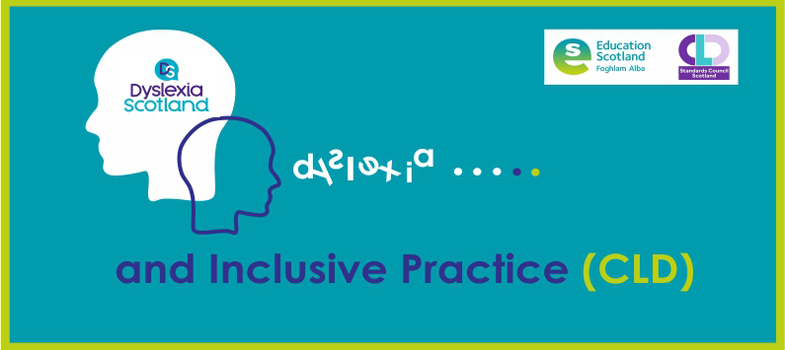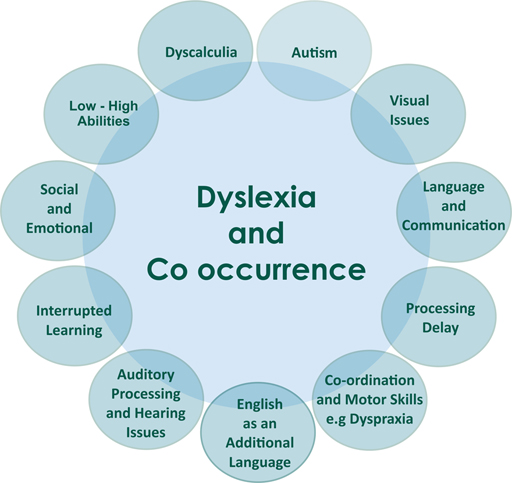1.3 Background to Dyslexia
How do we know dyslexia exists?
Over the past 100 years there has been a great deal of debate regarding dyslexia and questions have been raised querying whether it is ‘real’ and whether it can be scientifically proven to exist.
Scientific advances such as the development of specialised scanning equipment, including Magnetic Resonance Imaging, (MRI) which can produce detailed images of the inside of the brain, have helped confirm that dyslexia does indeed exist.
This specialised scanning has enabled researchers to study dyslexic children and adults undertaking tasks such as reading and compare them with individuals who are not dyslexic. The results clearly show differences between how the brains process information. As highlighted earlier, dyslexia is not linked to cognitive ability and we need to ensure that learners with dyslexia and other additional support needs have equitable opportunities to demonstrate their knowledge and ability. Adjustments such as extra time, digital exams /course work and use of text recognition software may be required to provide a level playing field.
The co-occurrence of dyslexia with other areas of additional support
The Scottish working definition of dyslexia is broad. As highlighted in section 1.2 of this module, dyslexia does not only impact on the acquisition of literacy skills. The different characteristics involved with dyslexia are also found in a wide range of learner profiles and areas of additional support as highlighted in figure 5.
Ensuring that learning is accessible and inclusive will support more learners than just those who are dyslexic.
All children, young people and adults alike − with and without Additional Support Needs [Tip: hold Ctrl and click a link to open it in a new tab. (Hide tip)] (ASN) − are effectively and successfully supported using learning and teaching strategies which focus on inclusive dyslexia-friendly approaches embedded within good practice.
‘Additional Support Needs’ is the standard terminology used in Scotland when children and young people need more – or different - support to what is normally provided in schools or pre-schools to children of the same age. Additional support is a broad and inclusive term which applies to children or young people who, for whatever reason, require additional support, long or short term, in order to help them make the most of their school education and to be included fully in their learning.
Download Summary Information of Additional Support Needs (ASN)
1.2 What is dyslexia?

